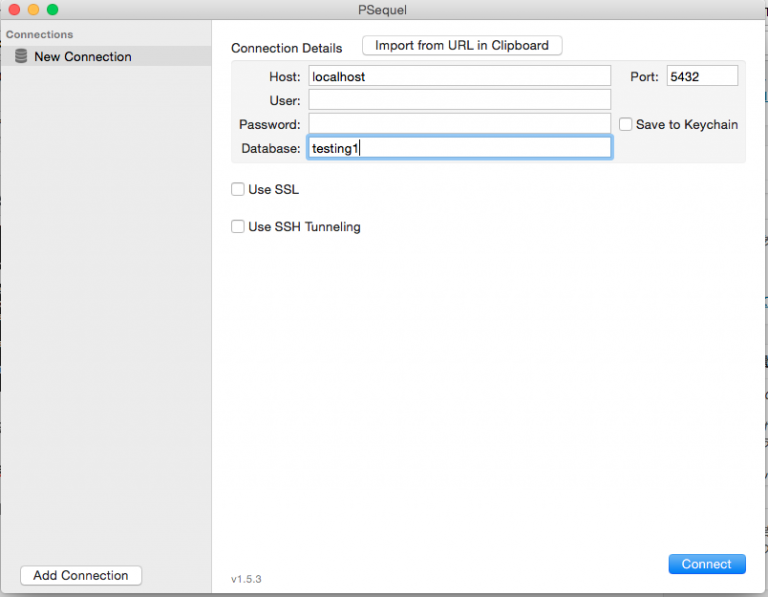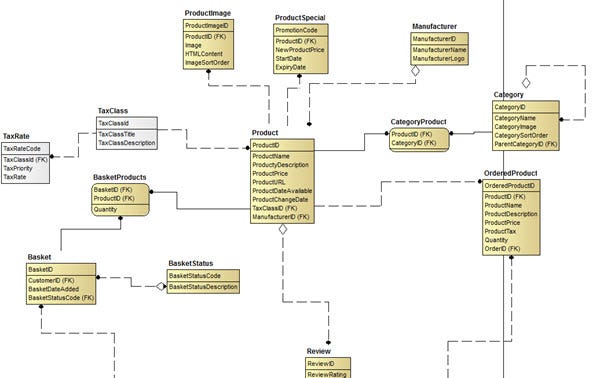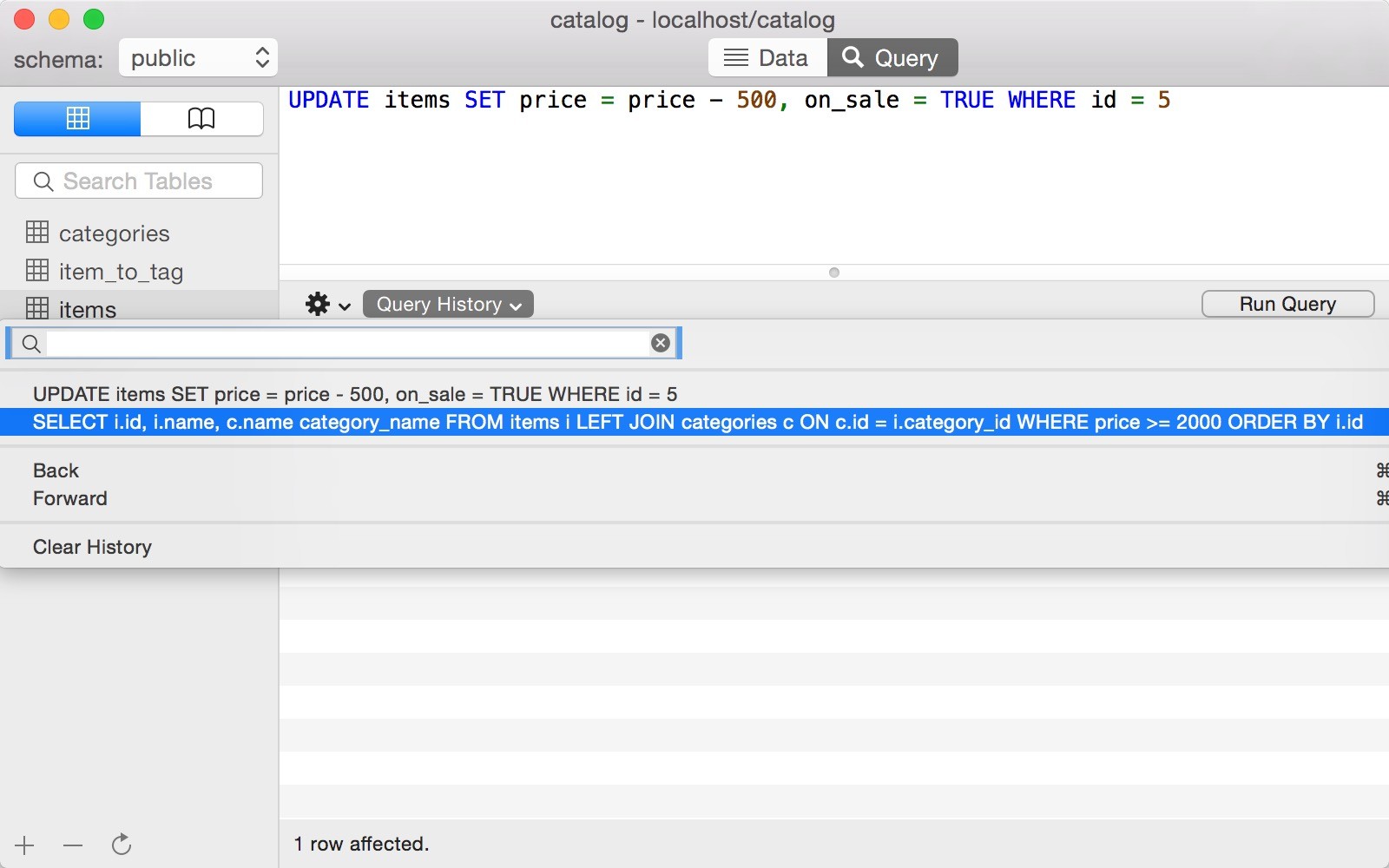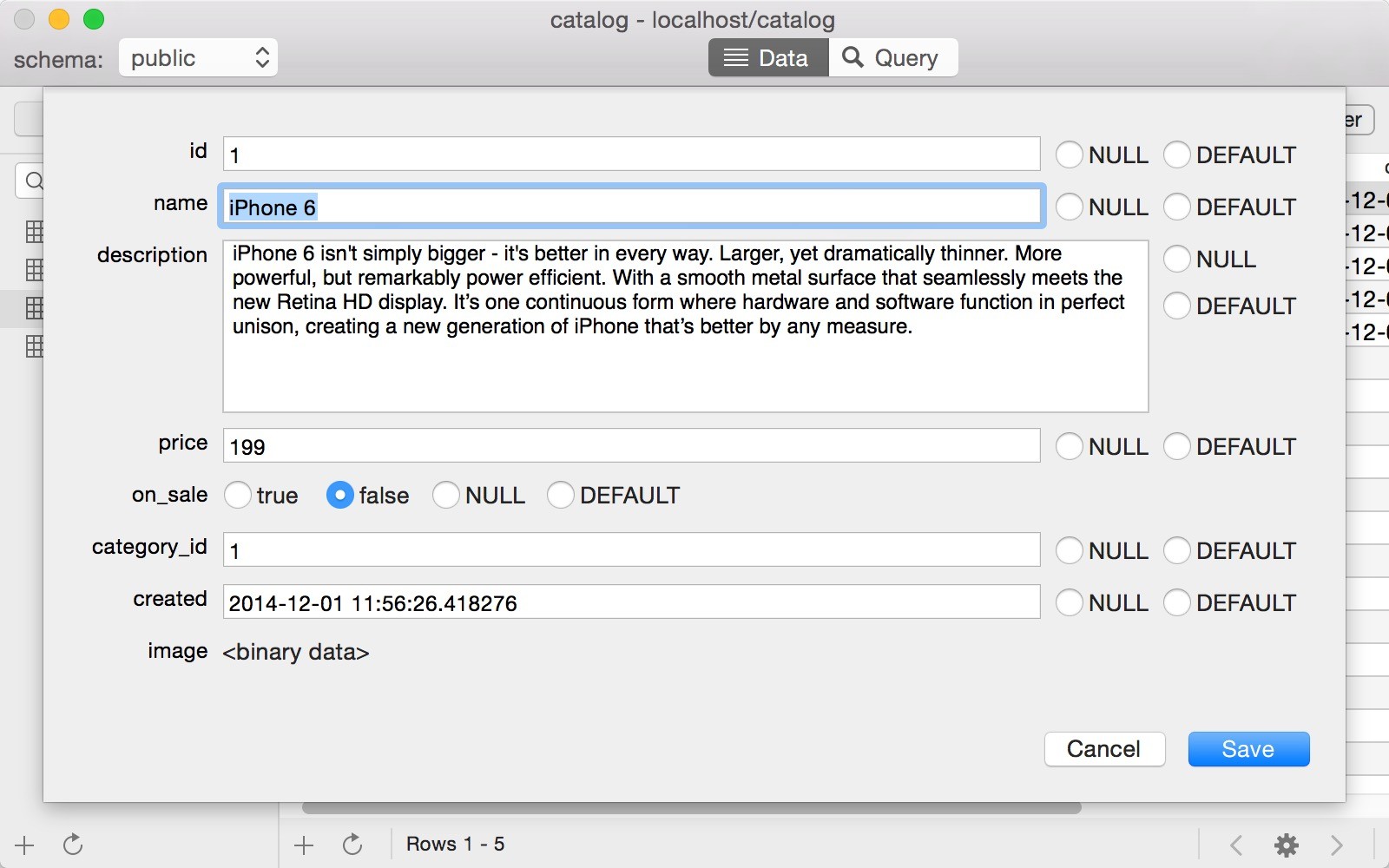


Y will cause the drill down results to display with data binding. This section provides the run-time value to be passed to the ®on variable in the view The & character has specific meaning to the browser and must remain coded as %26 to prevent being removed by the browser. %26 gets translated to an & to be the first letter in the variable name: ®on. The name of the view to run when user clicks on the hyper link The data from the hidden first column is incorporated by the tabular data control to complete the functional hyperlink. All the user sees is the value from the ‘REGON’ field underlined and blue to signal the hyperlink. When run in a browser, the two columns appear as one. The SQL fragment above defines two result columns.

Here is an expression that generates the HTML drill down link and allows for sorting with data binding turned on: SELECT CAT(‘?oBj=DDCUSNOB&LIB=SWISAMPLE&%26REGON=’, In order to use data binding to display data containing drill down links, the links must be constructed as in the following example. Link reference data is indicated by a field naming convention-link$01, link$02, link$03, and so on. It takes the next field in your view as the label portion of the hyperlink (the visable data).

It takes data from a designated field and uses that as the link reference data (the hidden data that supplies the hyperlink target). If data binding is on, you would see just the raw HTML code.ĭata binding has a unique requirement for hyperlinks. Which displays as a hyperlink when the HTML is sent directly to the browser with data binding off. Instead of being rendered as a hyperlink, the HTML produced by the HREF function is simply displayed as a text string in the cell.Īs an example, this HREF function: HREF(REGON,” DDCUSNO”,”SWISAMPLE”,”REGON”,REGON) Unfortunately, the TDC does not render the standard HTML hyperlink correctly. Many users create drill down links (hyperlinks) with the HREF function in a summary view in order to link to detail information in a second view. This HTML file runs the Microsoft ActiveX Tabular Data Control (TDC) to display the data and manage the column sorting.ĭata Binding and Hyperlinked Results Created with HREF It then serves this HTML file along with the standard header and footer to the browser. At the same time, it generates a related HTML file in the same directory.
#PSEQUEL CSV PC#
This file is created with a PC Format (PCFMT) of *MER- GETDC and is placed in the path for data binding work files as defined in the SWI defaults. With data binding on, SWI runs the view by executing the results (as a. SWI serves the data to the browser along with the standard header and footer HTML. With data binding off, SWI simply runs the query with the data returned as HTML. The process to display a view with data binding off is very different than with data binding turned on. Add the &databind=Y parameter to the URL string that displays a given view.Change the product default (SWISETDFT) for data binding.To provide the ability to sort data in SWI, the data binding feature must be turned on using either of the following methods: Let’s examine the above statement in more detail.Data Binding in the Sequel Web Interface serves data so that users can sort the data by any of the columns returned by the query. REFERENCES account (user_id) MATCH SIMPLE The following statement creates the account_roles table that has three columns: user_id, role_id and grant_date: CREATE TABLE account_roleĬONSTRAINT account_role_role_id_fkey FOREIGN KEY (role_id)ĬONSTRAINT account_role_user_id_fkey FOREIGN KEY (user_id) The below statement creates the role table that consists of two columns: role_id and role_name: CREATE TABLE role( The following statement creates the account table: CREATE TABLE account( ISRO CS Syllabus for Scientist/Engineer Exam.ISRO CS Original Papers and Official Keys.GATE CS Original Papers and Official Keys.


 0 kommentar(er)
0 kommentar(er)
